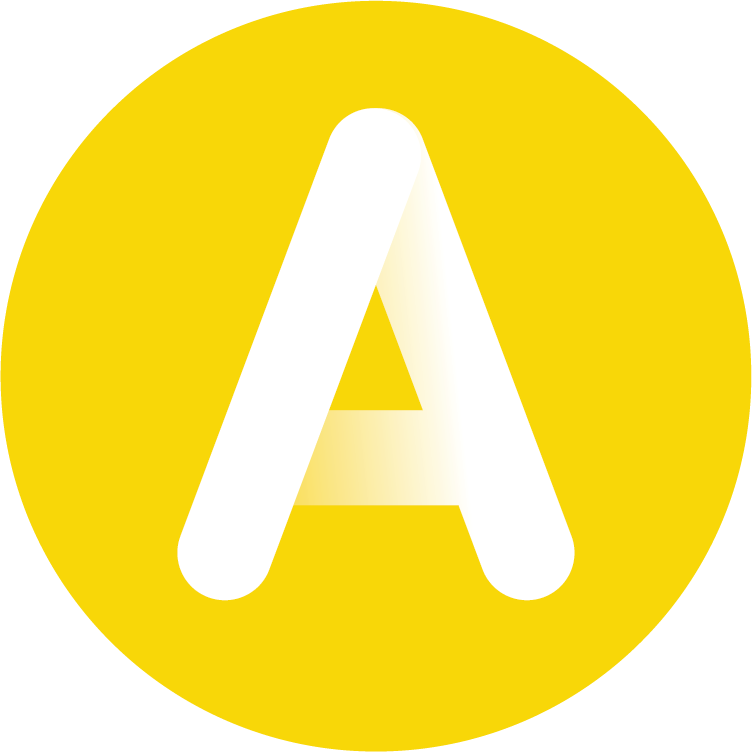
Burnout continues to be a critical issue in organizations, with Boston Consulting Group reporting most, if not all, employees around the world have likely experienced symptoms of burnout at work.
Leadership expert and Adeption partner, Nick Petrie addressed this topic at Adeption’s recent Leadership Action Network event in Auckland.
Over the past five years Nick’s research on leadership has focused on the factors driving high levels of burnout, and how knowledge workers can sustain high performance over time without burning out. He shared that through his research and consulting practice, he’s noticed a huge amount of ‘low hanging fruit’ in organizations to introduce smarter ways of working.
The ways we work today aren’t working
Nick points out that for knowledge workers in particular, work days are characterised by frequent interruptions, ‘shallow work’ like emails and meetings, and overwhelm caused by juggling too many projects at once.
He points to some telling statistics:
- On average, workers switch tasks every 3 minutes during the workday (University of California, Irvine) — leading to mental fatigue.
- After an interruption, it takes 23 minutes and 15 seconds to refocus on the original task (University of California).
- Employees are spending 85% of their time on email, meetings, and other collaboration tools (Harvard Business Review).
It’s widely acknowledged these ways of working aren’t effective, but few leaders know how to solve them effectively.
What five years of research reveals
At the start Covid-19 pandemic, Nick noticed people were more stressed than ever, working long hours, and feeling exhausted all the time. “I could see it in my friends, in my family, and in myself. People were experiencing burnout but they needed to keep working. They had mortgages and bills to pay. Most of these people really loved their work, they just weren’t happy with the ways they were working”.
Nick recalls many organizations tried introducing wellbeing initiatives such as mental health days — but these were often at odds with work demands. “Seeing all of this unfold, the question became: How can we support high performance in organizations—while decreasing stress and burnout?
Nick went on to interview a wide range of leaders and workers, including elite high performers such as Navy SEALs, surgeons, and business leaders. He wanted to understand what helped people sustain high performance—and what tipped them into burnout.
One of the key findings was that enduring high performers were deliberate about switching gears during their workday and fully switching off from work to recharge.
Nick highlights that with current ways of working, emails and notifications at all hours constantly activate people into their sympathetic nervous system or ‘red zone’. This is an evolutionary system designed to activate energy and help us get out of danger.
“Over time we can get stuck there, which means we spend a lot of energy and don’t recharge. This system dysregulation skyrocketed during the pandemic—and it’s still a big issue today,” says Nick.
Strategies for sustaining high performance
Nick points to the daily habits of sustainable high performance that came out of his research. He found that enduring high performers:
- Pulse throughout the day—moving between deep and shallow work, being online and offline, exertion and recharge mode.
- Move between perform and grow mode—balancing delivering on immediate outcomes and investing in their future capacity, by learning new skills and getting out of their comfort zones.
- Schedule deep work each day—making time to do work that creates value, and investing in growing their skills, knowledge and capacity.
- Make peace with not getting everything done on their to-do list.
- Have a simple daily ritual to transition from work to home life, even for those who work from home.
- Have a phone strategy for when they’re at home, such as putting their phone in a drawer when they walk through the door.
- Spend time in their ‘opposite world’ —have an activity or hobby that helps them switch off from work and requires them to be in a different mode, such as tango dancing or gardening.
Take action: start with yourself and your team
Nick acknowledges it can be challenging to drive change at the organization level. He suggests people start by focusing on themselves and how they’re working, then move to their teams.
“The easiest place to start is with yourself. Keep it simple and run experiments to try new ways of working. Share what works with others,” suggests Nick.
“For team leaders, encourage your team to commit to their own experiments and record them in a shared document— then share learnings together. You can also work on team-level agreements, to align on norms for things like meetings, deep work time, and boundaries around contacting each other outside of work hours,” he says.
At the organizational level, Nick says he’s seen initiatives such as company-wide meeting audits to remove unproductive meetings and establishing deep work times for all employees.
“Senior leaders are key,” explains Nick. “They need to be on board and actively modelling the behaviours. You need the 3Ms in place: mindset, mechanisms and modelling. When all three line up, everything can change,” he says.
Learn about Adeption’s Grow-Perform-Sustain (GPS) assessment
Register for our upcoming Leadership Network Action events
